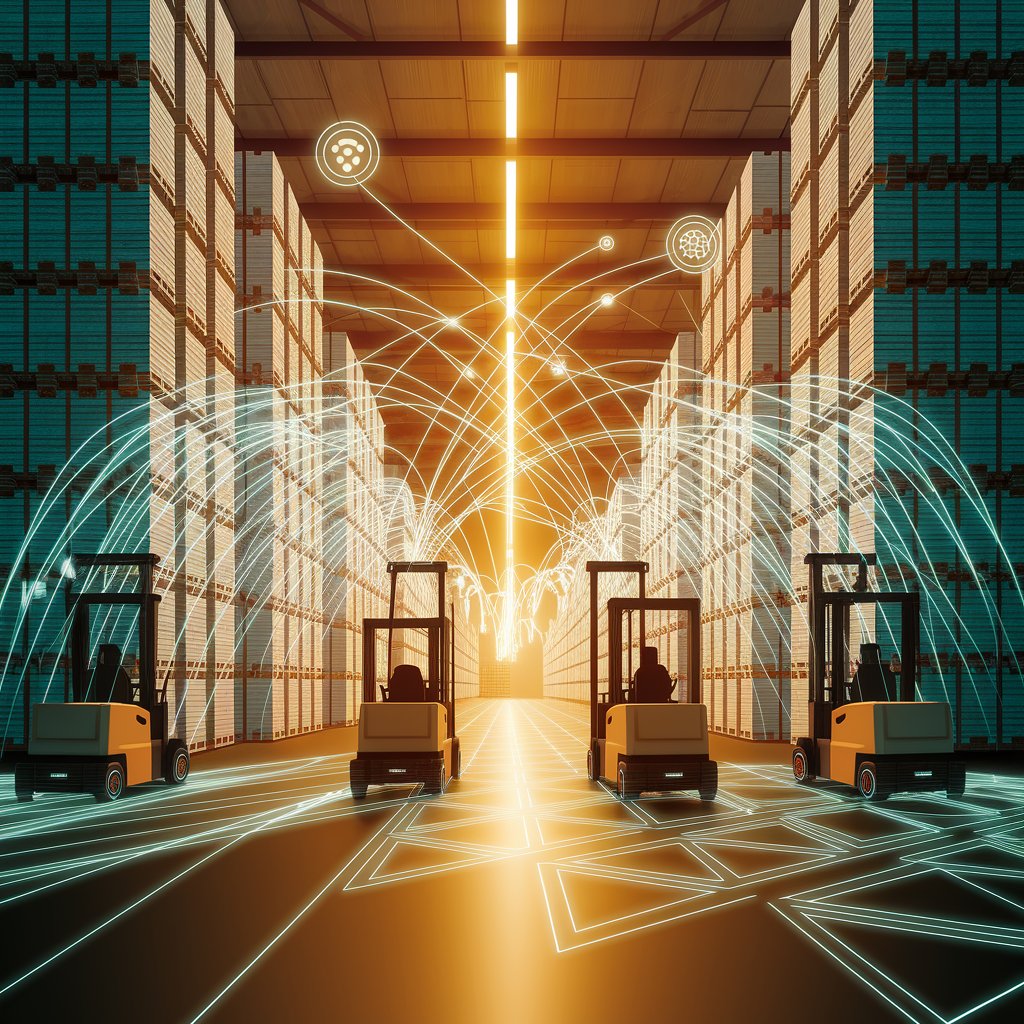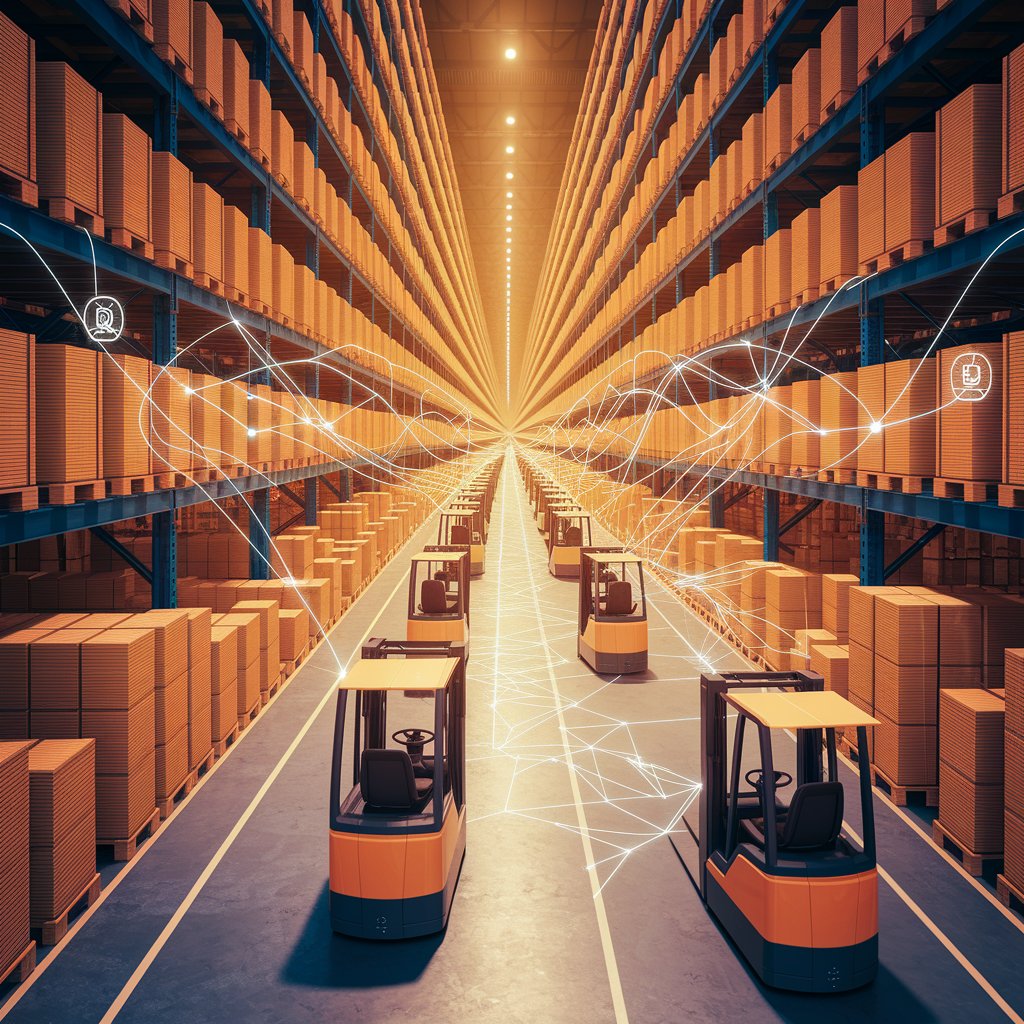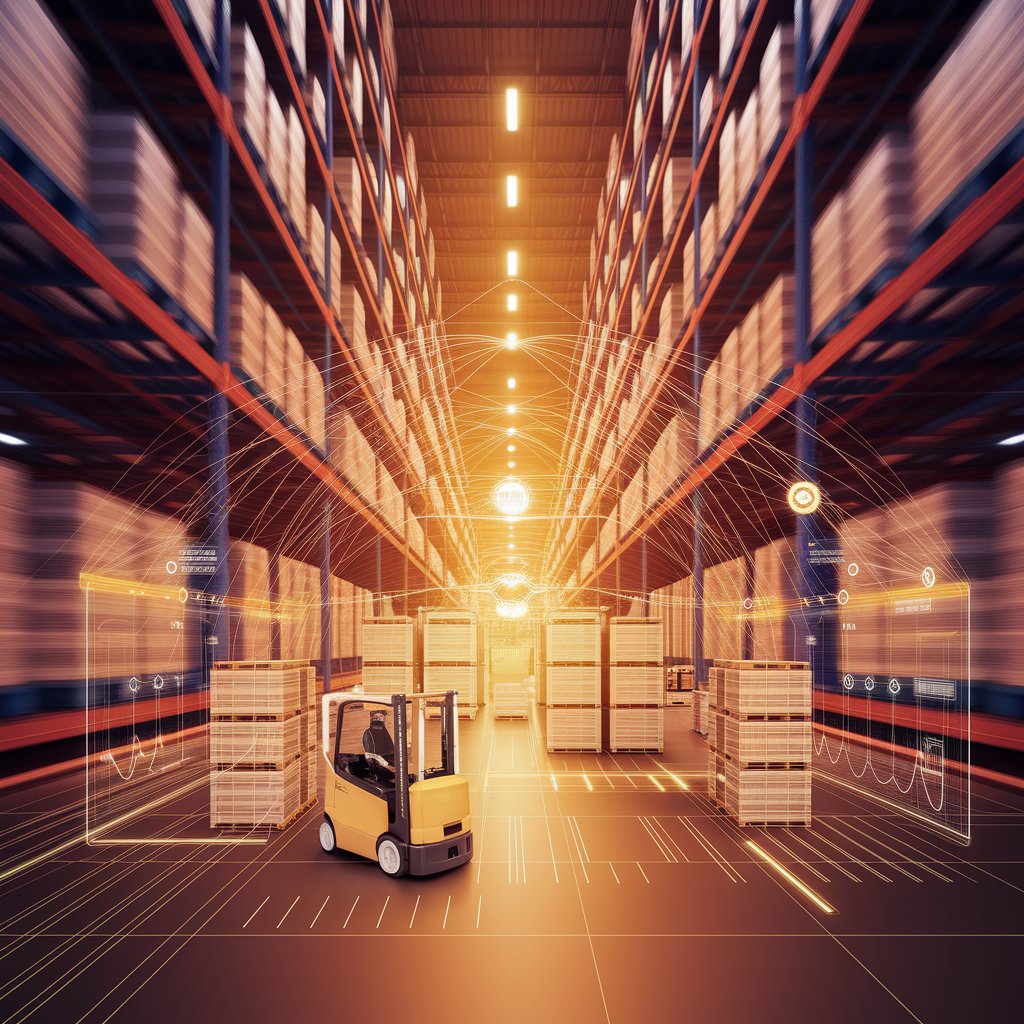Digital Warehouse Tracking: Real-Time Control for Smarter Supply Chains

Introduction
That’s why companies are embracing digital warehouse tracking, which leverages IoT, RFID, barcodes, and AI to provide real-time insights into inventory, assets, and workflows—turning warehouses into data-driven, intelligent hubs.
What Is Digital Warehouse Tracking?
Digital warehouse tracking refers to the use of technology to monitor and manage warehouse inventory, equipment, and processes in real time. Unlike manual methods, digital systems provide continuous visibility across stock movements, order fulfillment, and asset utilization.
It integrates with WMS, ERP, and IoT platforms to centralize data and automate decision-making.

Key Features of Digital Warehouse Tracking
- Real-Time Inventory Updates – Stock movements tracked instantly via IoT, RFID, or barcodes.
- Asset Tracking – Monitor forklifts, pallets, and high-value equipment digitally.
- Order Fulfillment Accuracy – Automated systems reduce picking and shipping errors.
- Environmental Monitoring – Sensors track temperature, humidity, and conditions.
- Integrated Dashboards – Centralized visibility across warehouse operations.
- Mobile & Cloud Access – Managers can track warehouse activity from anywhere.
Benefits of Digital Warehouse Tracking
- Improved Accuracy – Reduce human error in stock counts and fulfillment.
- Efficiency Gains – Faster workflows with automated tracking systems.
- Cost Savings – Lower labor costs and reduce losses from misplaced inventory.
- Customer Satisfaction – Fewer order errors and faster shipping times.
- Scalability – Handle growing SKU volumes without proportional workforce increases.
- Sustainability – Reduce waste through better stock rotation and monitoring.

Real-World Applications
- E-commerce Warehouses – Manage high SKU turnover with real-time tracking.
- Cold Chain Facilities – Monitor temperature-sensitive goods digitally.
- 3PL Providers – Offer visibility dashboards to clients as a premium service.
- Retail Distribution Centers – Track inbound and outbound stock with precision.
- Manufacturing Logistics – Align raw material tracking with production schedules.
Challenges in Digital Warehouse Tracking
- Integration with Legacy Systems – Older WMS and ERP systems may resist upgrades.
- High Initial Investment – RFID tags, IoT sensors, and automation tools cost upfront.
- Data Overload – Excessive raw data can overwhelm without proper analytics.
- Connectivity Gaps – Warehouses in remote areas may face IoT limitations.
- Change Resistance – Employees may need training to adapt to digital tools.

Best Practices for Success
- Start with High-Impact Areas – Apply digital tracking to fast-moving or high-value goods.
- Ensure Data Accuracy – Use standardized labeling and tracking systems.
- Integrate Across Platforms – Connect warehouse tracking with ERP, TMS, and WMS.
- Train Staff Thoroughly – Build confidence in digital tools.
- Use Predictive Analytics – Anticipate stockouts and replenishment needs.
- Track ROI – Measure reductions in costs, errors, and cycle times.
The Future of Digital Warehouse Tracking 🚀
- AI-Enhanced Tracking – Automated insights to optimize stock management.
- Digital Twins of Warehouses – Simulations of warehouse flows for better planning.
- Blockchain Integration – Tamper-proof records for inventory traceability.
- AR-Powered Interfaces – Smart glasses guiding workers with real-time stock data.
- Sustainability Tracking – Advanced monitoring of energy use and carbon footprint.
Conclusion
Digital warehouse tracking is transforming warehouses from reactive facilities into proactive, data-driven hubs. By leveraging IoT, RFID, and AI, companies gain real-time visibility, cut costs, and improve customer satisfaction.
For logistics providers, e-commerce, and global enterprises, adopting digital warehouse tracking isn’t just about efficiency—it’s about building resilient and future-ready supply chains.
